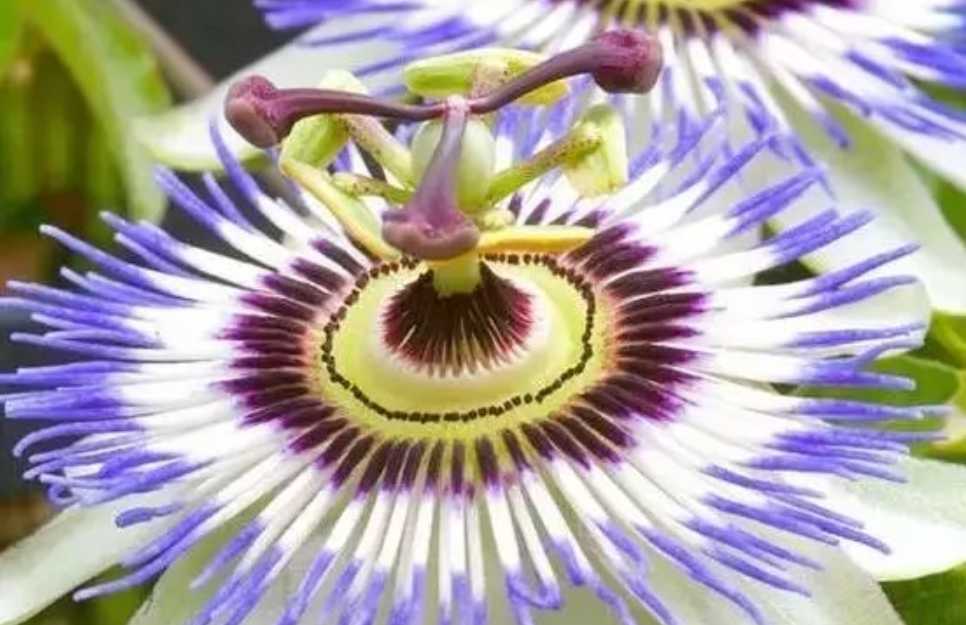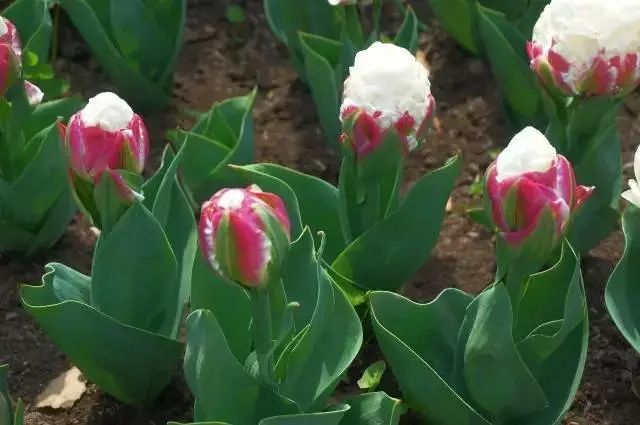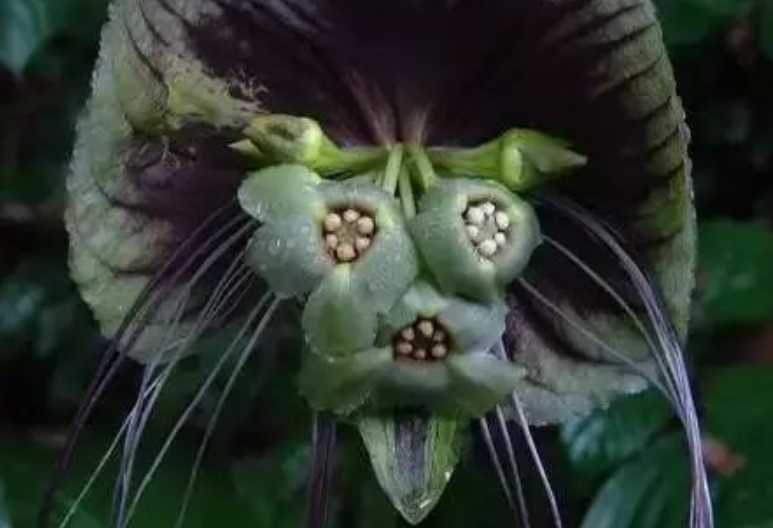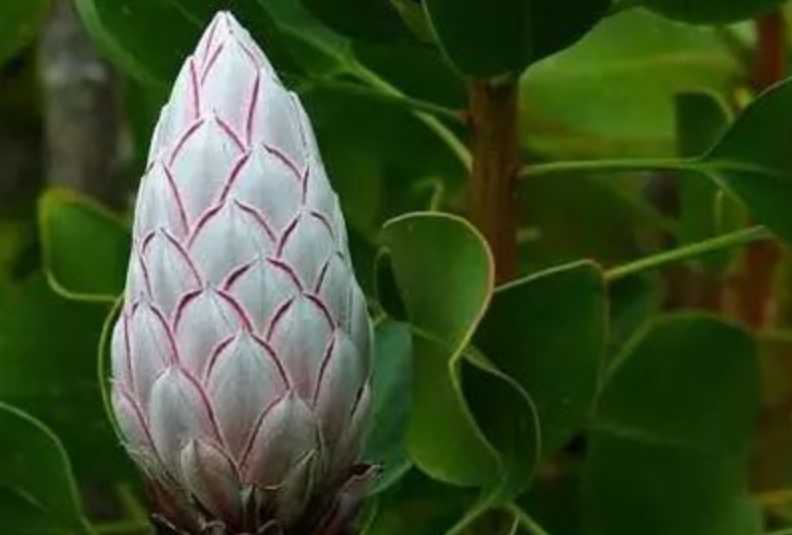The Alluring and Versatile Passion Fruit: A Tropical Delight
The passion fruit, or Passiflora edulis, has been captivating taste buds and gardeners alike with its unique charm. Native to South America, specifically southern Brazil, Paraguay, and northern Argentina, this plant has now spread its influence across tropical and subtropical regions globally.
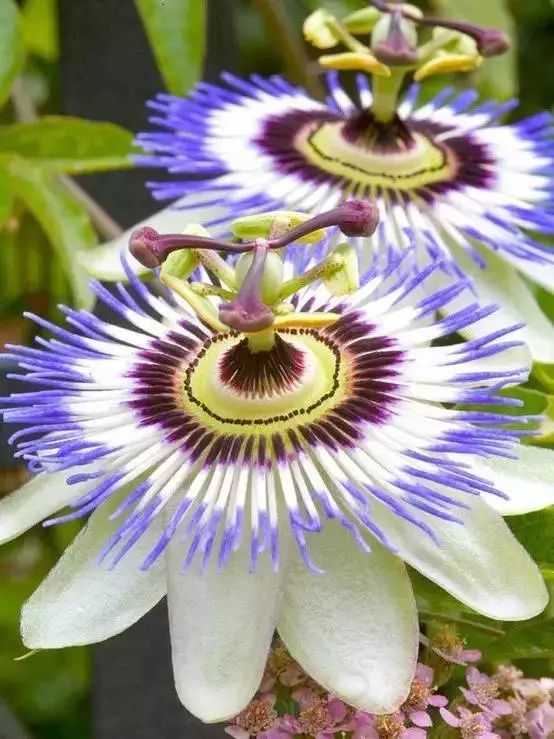
Source: Images from the Internet, if there is any infringement, please contact the removal of
This evergreen climbing vine features slender, tendril - equipped stems that can reach lengths of up to 9 meters or more. The leaves are simple, glossy, and typically divided into three lobes, providing an elegant backdrop to the plant's most spectacular feature - its flowers. The large, showy flowers, around 8 cm (3 inches) in diameter, are a sight to behold. They are fragrant, with a combination of purple and white hues, and each individual bloom graces the plant for just a single day. The ovoid fruits that follow are about 5 cm (2 inches) across, boasting a rough rind. While most are purple as the common name implies, a yellow - fruited variety is also cultivated. Inside, each fruit contains as many as 250 edible seeds, each surrounded by a juicy, orange - colored aril.
Not only is the passion fruit a treat for the eyes, but it's also a culinary delight. Its intensely sharp flavor, with notes of mandarin, orange, and pineapple, makes it a favorite for both fresh consumption and as a flavoring agent. It is commonly used in desserts, drinks, and even fragrances. Moreover, the passion fruit has cultural significance. Its name originated with Christian missionaries, who saw symbolism of the passion of Jesus Christ in various parts of the flower. The purple and white filaments of the corona represented the crown of thorns, the five stamens the five wounds of the crucified Christ, and the three styles the nails that pinned him to the cross.
In gardens, passion fruit vines are relatively easy to grow in well - drained soil and plenty of sunlight. They can be trained to climb trellises or fences, adding a touch of the tropics to any outdoor space. As this remarkable plant continues to gain popularity, it enriches our lives with its beauty, taste, and cultural associations.
-------- END --------
